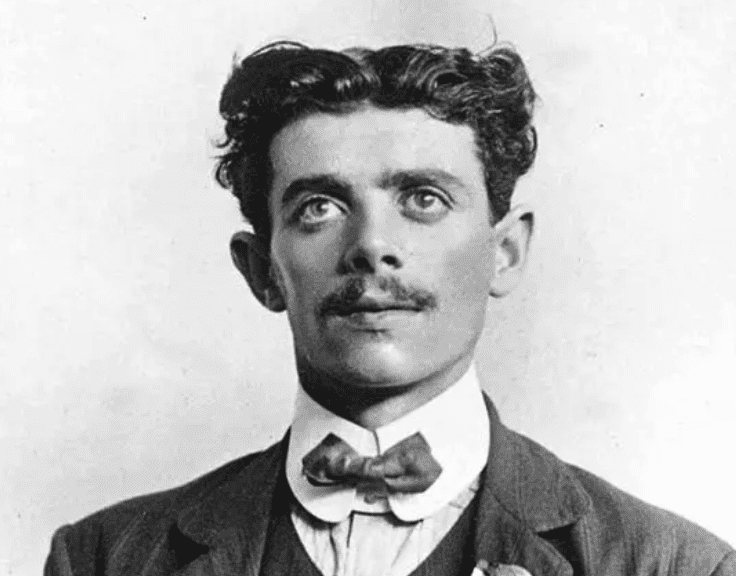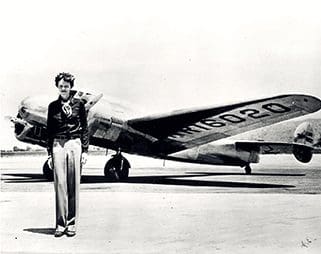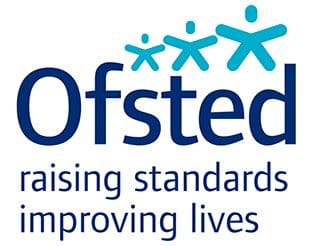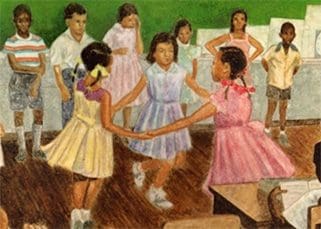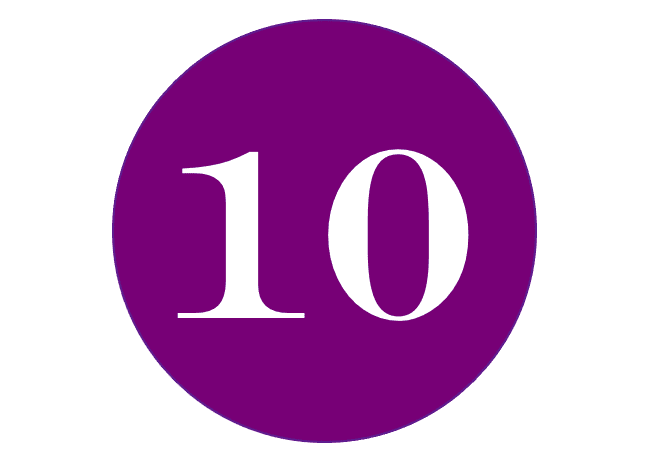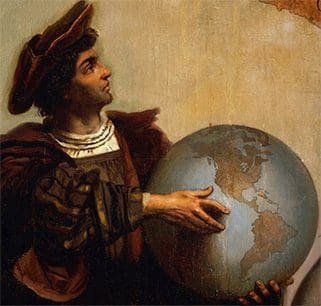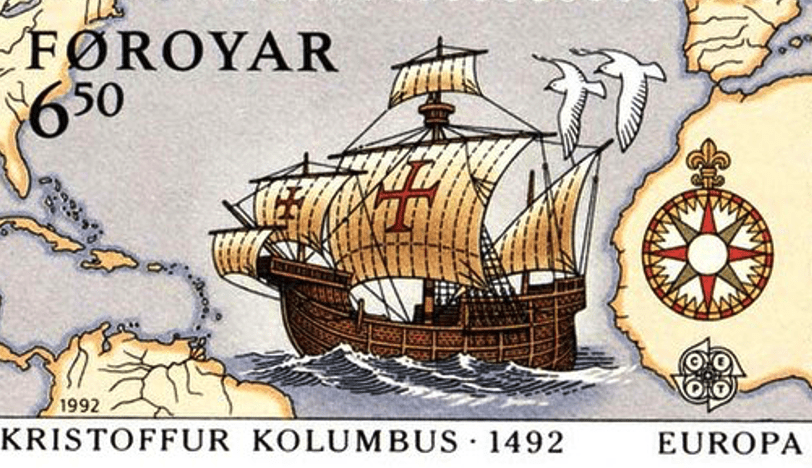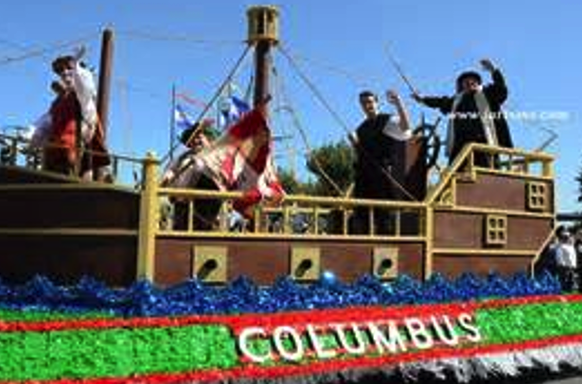Teaching history at Key stage 1
9 highly effective retrieval activities that really help history to stick ..and show real historical understanding too!
To prevent retrieval activities simply resembling a random fact pub quiz consider using the following , which I’m sure many…
Read MoreIdeas for assemblies on the Olympics: Dorando’s story
At both KS1 and KS2 it would be good to focus on one individual and see the extent to which…
Read MoreUsing story books at KS1 to develop a sense of time
I have written on this topic before, but there are always new and fresh titles appearing that necessitate an update….
Read MoreStrategies for introducing and using historical artefacts at Key Stage 1
As a preliminary activity try using sheets of unused tissue paper. Challenge the class to pass the unfolded piece of…
Read MoreSix step approach to structuring history lessons at KS1
Step 1: Teacher motivates pupils to want to learn and scopes the enquiry Hooking them in: eg. with a slow…
Read MoreCase study: The importance of history to the curriculum – history policy at Vicarage Primary
History is all about people. The study of people of different types from different times and different places is the…
Read MoreAmelia Earhart knowledge organiser – KS1
You are learning about Amelia because she was a very famous American woman who learned how to fly and then…
Read MoreAmelia Earhart – KQ1 – Why do we think that Amelia was famous?
This introductory session starts with firing pupils’ curiosity via a slow reveal in which pupils build a picture of her…
Read MoreAmelia Earhart – KQ2 – What were the main events in Amelia’s life that shaped her ?
Having listened to an illustrated description of Amelia’s early life, pupils have to select suitable adjectives to describe her character…
Read MoreAmelia Earhart – KQ3 – Why was Amelia so keen to fly when so few women at the time were interested?
A relatively short session exploring Amelia’s motivation starts with pupils drawing on their prior knowledge to consider why she took…
Read MoreAmelia Earhart – KQ4 – What were the main ups and downs in Amelia’s life?
Using the living graph technique pupils sequence the events of Amelia’s flying career and then physically create points on a…
Read MoreAmelia Earhart – KQ5 – How do we know so much about Amelia’s life when she lived so long ago?
In this session pupils get to work as history detectives matching clues within sources to statements historians have made about…
Read MoreAmelia Earhart – KQ6 – What was Amelia’s greatest achievement and how should it be remembered?
Working towards the end goal of producing a book cover to encapsulate the key details of Amelia’s achievements, pupils learn,…
Read MoreHistory as problem solving
Pupils solve problems when they study mathematics. They solve problems in science lessons. So why not in history? Perhaps it’s…
Read MoreWhen three queens ruled knowledge organiser – KS1
In this topic you are going to find out about three of the most famous queens that each ruled this…
Read MoreWhen three queens ruled – KQ1 – Which three queens of England are most remembered in history and why?
This active and entertaining first session aims to provide pupils with a clear chronological overview of the last 500 years…
Read MoreWhen three queens ruled – KQ2 – How different was life in England when the 3 queens were ruling?
Out of the window Children are shown three images of scenes from the different periods as seen through a window….
Read MoreWhen three queens ruled – KQ3 – How do we know about the queens who lived so long ago?
Handling sources of evidence Having explored the range of visual sources available to historians studying the three queens, pupils actively…
Read MoreWhen three queens ruled – KQ4 – What important changes happened when each of the queens ruled?
Change / Significance Starting with 3 short video presentations, pupils go on to research the key changes from each of…
Read MoreWhen three queens ruled – KQ5 – How should we remember these famous queens?
Pupils explore a range of ways in which monarchs are commemorated, focusing on Queen Elizabeth II, before going onto design…
Read MorePoppy Day: what are memories?
This is the first session on Remembrance Day. It uses the excellent story of Wilfrid Gordon McDonald Partridge as a…
Read MoreWhat do we remember on Poppy Day / Remembrance Day?
This session revolves around a PowerPoint presentation which poses 6 significant questions, each designed to encourage pupils to think and…
Read MoreSeaside knowledge organiser – KS1
You are learning about this topic to help you to understand how different life was over the last 100 years….
Read MoreColumbus knowledge organiser – KS1
Columbus is a world-famous navigator and explorer whose daring voyages in search of the Indies led to the opening of…
Read MoreScott of the Antarctic knowledge organiser – KS1
You are learning about Scott as he was one of Britain’s most famous explorers. Perhaps you are studying other explorers…
Read MoreGrace Darling knowledge organiser – KS1
You are learning about Grace Darling because at a young age she carried out a brave rescue and saved 9…
Read MoreMary Seacole knowledge organiser – KS1
Mary was a remarkable lady best remembered for her work during the Crimean war (1853-1856) where she helped injured soldiers,…
Read MoreWright brothers knowledge organiser – KS1
For centuries, man had dreamed of flying like birds. By the end of the 19th century, men could rise into…
Read MoreMoon landing knowledge organiser – KS1
This event captured the attention of the whole world with hundreds of millions, perhaps 1 in every 5 people, watching…
Read MoreSinking of the Titainic knowledge organiser – KS1
In this topic you are going to find out about the most famous ship, at the time the biggest ever…
Read MoreFlorence Nightingale Knowledge Organiser – KS1
Florence Nightingale Knowledge Organiser – In their study of Florence Nightingale, often compared to the lesser-known Mary Seacole, pupils learn…
Read MoreGreat Fire of London knowledge organiser – KS1
The Great Fire of 1666 is an event that most people know about today not least because it changed the…
Read MoreEYFS and History in OFSTED deep dives
According to OFSTED (January 2023), inspectors will want to know how key stage 1 builds on the knowledge that children…
Read MoreRosa Parks – KQ1 – Can we work as history detectives to work out what Rosa Parks did that made her famous?
Pupils are pitched straight into the role as history detectives using mainly visual clues to piece together the possible reasons…
Read MoreKeeping up-to-date with developments in primary history – February 2023
Every few years, the Primary wing of the Historical Association carry out a survey of primary schools to see what…
Read MoreRosa Parks – KQ2 -What can we learn about what sort of person Rosa was from stories of her early life?
Based on 3 key episodes from Rosa’s life, drawn from a lively story book, pupils act out 3 key episodes…
Read MoreRosa Parks – KQ3 – What was life like for black people living in southern USA in the 1950s?
This session looks at what life was like for Black people living in the southern parts of the United States…
Read MoreRosa Parks – KQ4 – Why do you think Rosa acted as she did on that day that made her famous?
In this session pupils explore what drove Rosa to take her stand in December 1955, going beyond oversimplification of a…
Read MoreRosa Parks – KQ5 – How did Rosa’s action lead to life for black people getting better?
Learning objectives Children can see how Rosa’s action led to other changes, both directly e.g. bus boycott or more indirectly…
Read MoreRosa Parks – KQ6 – How should we remember Rosa Parks today?
Learning objectives Children are able to consider the most appropriate ways of celebrating Rosa’s achievements They can pick out the…
Read MoreRunning timebox – First and foremost
Why Timebox teams? First and foremost, Timebox Teams should be fun. Behind the serious intent of improving pupils’ chronological knowledge…
Read MoreTimebox – KS1 Pack
Mention the teaching of chronology to most infant teachers and their eyes glaze over. Their experience is that it is…
Read MoreTaking on history leadership: doing the right things – 10 key steps
Taking on subject leadership can be a daunting prospect, especially if it is your first. When there is so much…
Read MoreExample of School using learning journey format in history at KS1
In response to our launch of the KS2 learning journey in history, Matthew headteacher of Woodlands was inspired to create…
Read MoreColumbus – KQ1 – Why do you think we still remember Christopher Columbus, even though he’s been dead for 500 years!
Pupils are in the role of history detectives. They are given 8 progressively revealing, mainly visual, clues in a controlled…
Read MoreColumbus – KQ2 – How did Columbus become famous?
Pupils listen to an illustrated description of main episodes Columbus life which they then sequence from the jumbled images provided…
Read MoreColumbus – KQ3 – What was Christopher Columbus’s motivation?
Driving at the heart of Columbus ‘ motivation, allows pupils to build on what they have already deduced about his…
Read MoreColumbus – KQ4 – What was life like on board during such a long journey?
This question shifts the focus away from the actions of just one man and adds a colourful dimension to the…
Read MoreColumbus – KQ5 – How have opinions of Columbus changed in the light of new evidence?
In this session the focus is squarely on helping pupils to grasp that people’s opinions of Columbus have changed in…
Read MoreColumbus – KQ6 – How and why should we remember him?
Having seen the different ways in which Columbus achievements are still commemorated today, 500 years after his death, pupils have…
Read More


